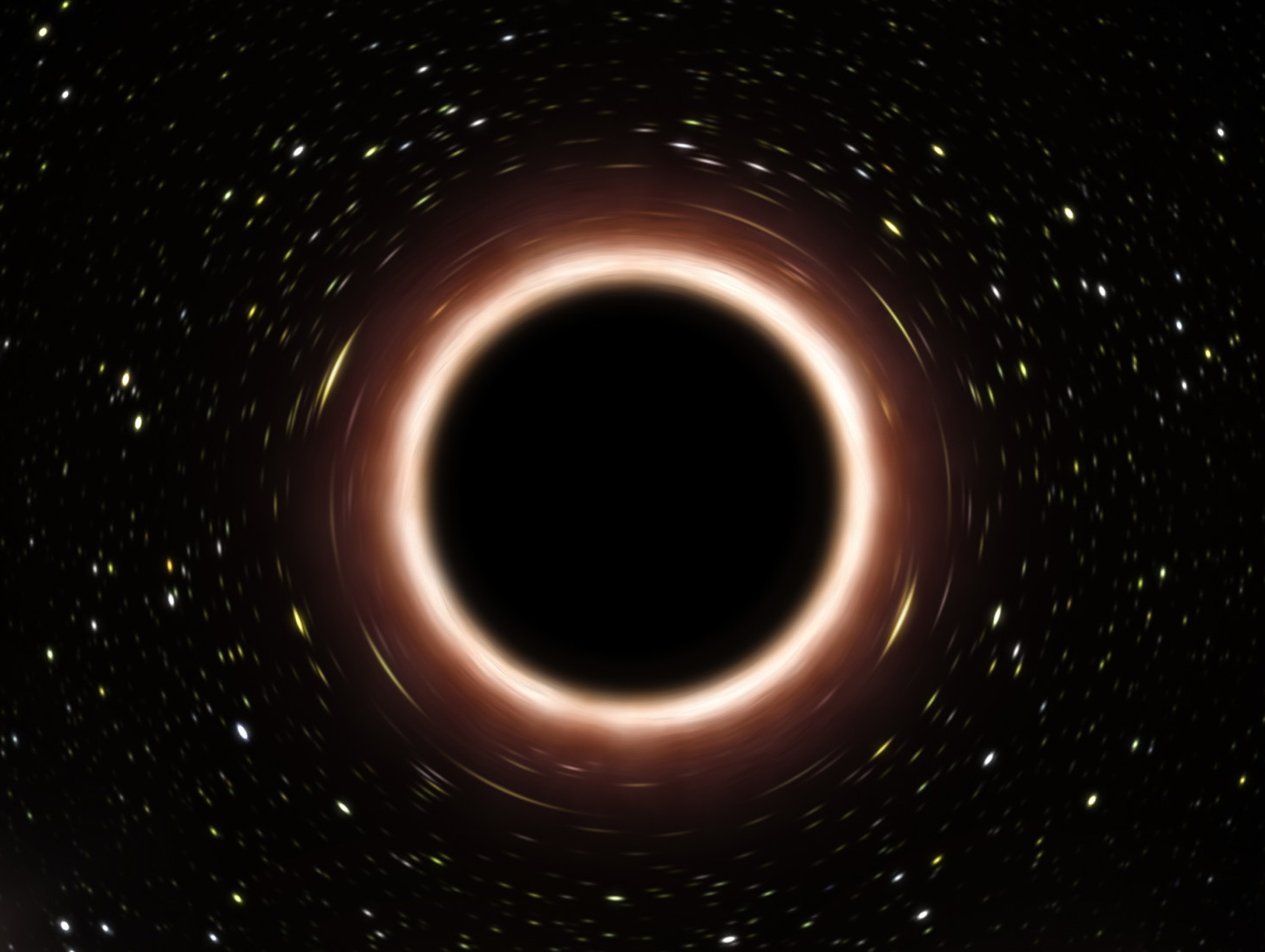what are orphan blackhole , what if they are orbiting a neutron star?

This is the introduction to the article...
Orphan black holes" is not a widely recognized scientific term, but I assume you are referring to isolated or rogue black holes, which are black holes that are not part of a binary system with another star or not at the center of a galaxy. These black holes are often referred to as "orphan" because they are not gravitationally bound to any other massive object. If an isolated black hole were to orbit a neutron star, it would create a unique and fascinating astrophysical system. Here are some key points to consider:
Here is so more content in the article...
Mass Difference: Black holes are significantly more massive than neutron stars. A black hole forms when a massive star collapses under its gravity, creating a singularity with an event horizon from which nothing, not even light, can escape. Neutron stars, on the other hand, are the remnants of massive stars that didn't collapse into black holes but instead consist of incredibly dense matter primarily composed of neutrons.
Gravitational Interaction: In such a system, the black hole's gravity would dominate the interaction. The neutron star would orbit the black hole due to the immense gravitational pull of the black hole. The neutron star would experience tidal forces from the black hole, causing it to deform slightly.
Orbital Dynamics: The orbital dynamics would be complex and would depend on various factors, including the masses of the black hole and the neutron star, their distances, and their relative velocities. This system could emit gravitational waves if the orbits decay over time.
Radiation and Accretion: Depending on the proximity of the neutron star to the black hole, some matter from the neutron star's outer layers might get pulled towards the black hole and form an accretion disk. This could lead to the emission of X-rays and other high-energy radiation, which would be observable by astronomers.
Eventual Fate: Over a very long timescale (millions to billions of years), the neutron star may gradually lose orbital energy due to gravitational radiation and spiral into the black hole, eventually merging with it. This process would release a burst of gravitational waves.
Observing such a system would be challenging, but advanced telescopes and detectors, like LIGO (Laser Interferometer Gravitational-Wave Observatory) and Virgo, designed to detect gravitational waves, could potentially detect the gravitational waves produced by the orbital motion and eventual merger of such a black hole-neutron star system. These detections could provide valuable insights into the behavior of extreme objects in the universe.
Hmm nice blog idea dude
ReplyDelete